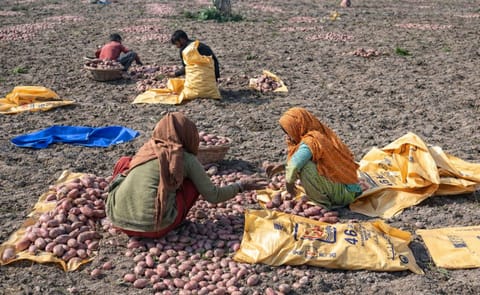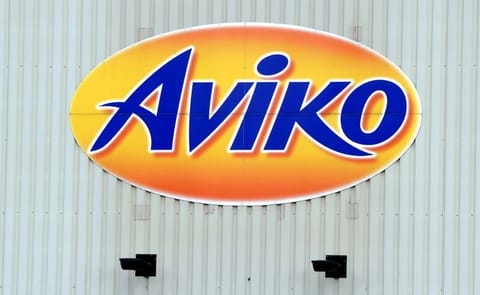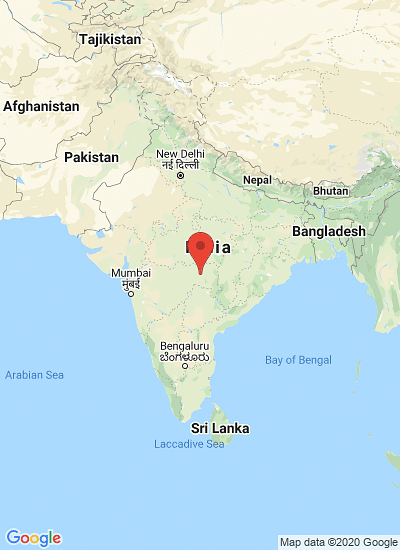It’s becoming a political hot potato—the West Bengal government’s handling of a bumper potato crop this year. As prices rose dramatically in September and October (Rs 10-12 a kg as compared to Rs 6-8 in August), senior government ministers went into a huddle for the whole of last week to sort out the crisis. This is the festival season, Durga Puja is on us, and the state government is in a tizzy to bring prices down. But what has led to the escalation in prices, especially in a year when there’s plenty?
Bengal is the second-largest potato grower in India, and this year it produced 9.5-10 million tonnes of the crop against 5.5 million tonnes last year. The problem of plenty caught the administration on the wrong foot, where it has remained right since the harvest in February. Even as potato farmers were forced to opt for distress sales to get rid of the crop, the government fixed a support price at Rs 350 per quintal.
The 400-odd cold storages in the state can take in half the crop, and they did. Potatoes are normally stored from March-November, but cold storage players are getting anxious that too much of the crop is still left in storage. In the last week of September, state finance minister Asim Dasgupta announced that the government would release 6 lakh tonnes of the 9.7 million tonnes it had procured from farmers to arrest prices, but cold storage owners are yet to get the relevant orders.
With nearly 500,000 farmers engaged in growing potatoes in west Bengal, it’s also surprising that the government hasn’t opened the door to contract farming. Pepsico has a project in the state at Haraldaspur in the Hooghly district and it procured 22,000 tonnes this year, up from 11,000 tonnes last year. That Pepsi is happy with the project’s progress is evident from the fact that it is expanding the chips-making factory in the state so that it can process up to 1 lakh tonnes of potatoes by 2013-14.
West Bengal: Potato Politics
¿Te gustaría recibir noticias como esta por correo electrónico? ¡Únete y suscríbete!
Get the latest potato industry news straight to your WhatsApp. Join the PotatoPro WhatsApp Community!
Empresa Destacada
Contenido Patrocinado
Contenido Patrocinado
Contenido Patrocinado
Contenido Patrocinado










